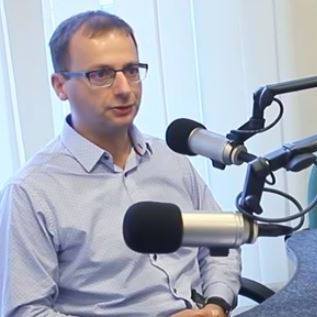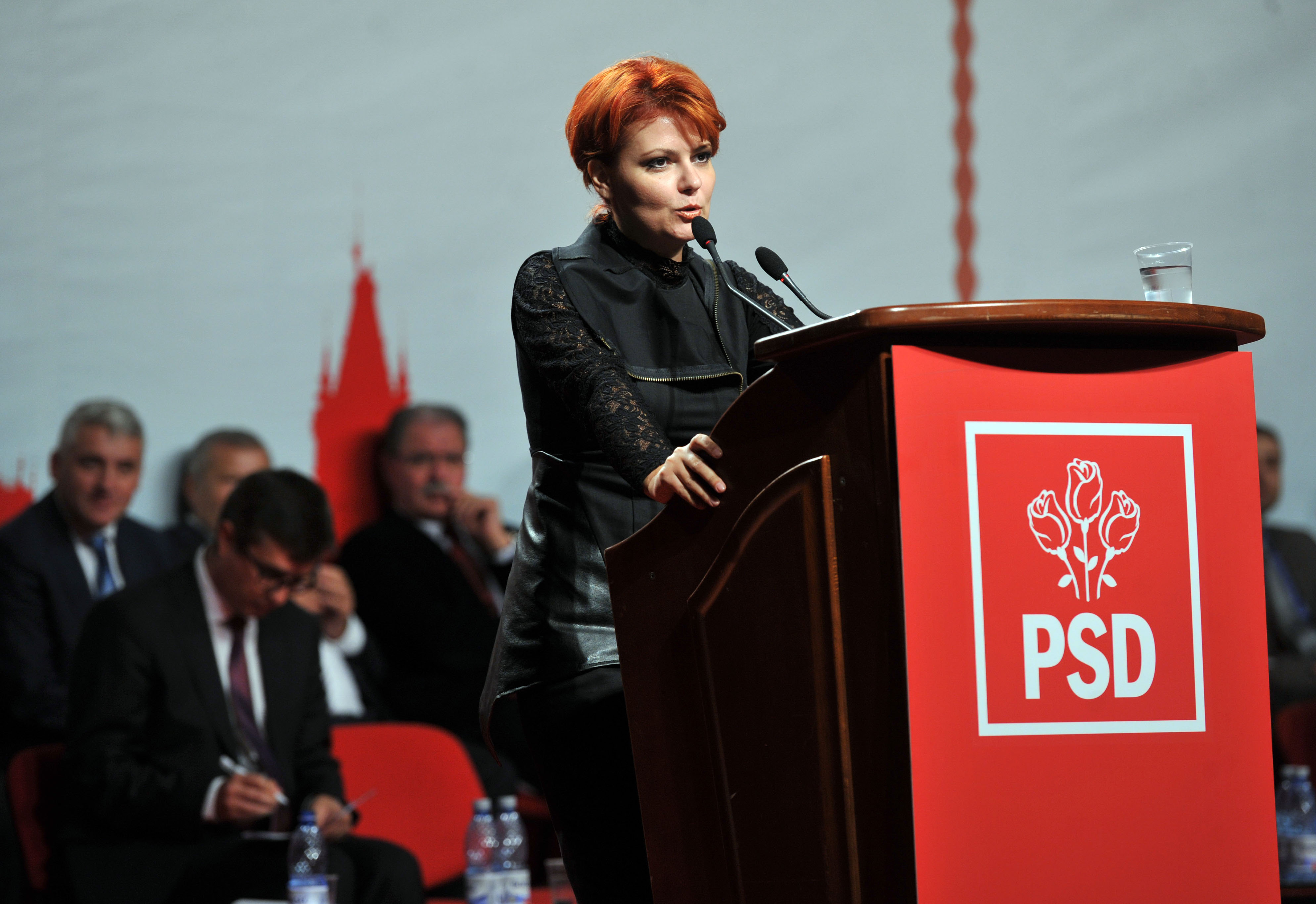By Olivier Bault.
Translated from French by the Visegrád Post.
Poland – The exhumations of the bodies of the victims of the Smolensk air disaster where Polish President Lech Kaczyński died on 10 April 2010 along with 88 personalities, including crew members and all of Poland’s military command, have been continuing since December. Since no post-mortem examination was conducted in Poland in 2010, and autopsies in Moscow were conducted without the participation of Polish forensic experts, the current government of the Conservative Party of Law and Justice (PiS) assured back when it was in the opposition to resume the investigation. Now, they have decided to exhume all the bodies that were not incinerated (see: The Smolensk air disaster investigation takes over, the exhumations continue) . Exhumations confirm the lack of serious autopsies in Moscow, while the then Polish Minister of Health, Ewa Kopacz, who later became Prime Minister when Donald Tusk moved to Brussels, told parliament that each body fragment had been the subject of a genetic analysis. Whereas, even before the exhumations had been completed, it was known that 8 bodies were not in the proper coffins, and traces of profanation had been found on certain bodies, including wastes like surgical gloves, left inside the corpses, and while the families learned from these exhumations that the Russians had not sewn the bodies nor dressed them with clothes sent for the occasion despite the given assurances, Polish investigators found that the body fragments had also been loaded randomly in some caskets. Thus, for example, they found three hands in a coffin, and according to the information revealed on April 14 by the site wPolityce.pl, a coffin even contained two heads, three legs and four torsos!
These discoveries are therefore part of a long series of revelations and polemics that showed that the government of Donald Tusk had committed a serious fault in entrusting the investigation exclusively to the Russians on the basis of the Chicago Convention which governs civil aviation, when it should have required the application of a 1993 agreement between Russia and Poland on military aviation. The Tu-154M plane of the Polish government chartered for the journey of President Kaczyński’s delegation was indeed an officer-controlled airplane of the air force and had to land at the Smolensk-North military airport in Russia. If, as would have been logical, the 1993 agreement had been invoked, Poles and Russians would have investigated on an equal footing.
The absence of a direct investigation by the government and the Polish prosecutor’s office is at the origin of the parliamentary commission of inquiry set up in 2010 by PiS and directed by the current Minister of Defense Antoni Macierewicz, who explained to me in an interview given in 2013 the reasons for believing in a possible attack and the methods used by his commission in the absence of access to the wreckage and the black boxes which Moscow still refuses to hand over 7 years after the disaster. Doubts about the accidental nature of the disaster had arisen from the beginning and had been fueled by the lies reported in the media in the early hours after the tragedy (eg. the Polish airplane tried landing four times, or the presence of the Commander-in-Chief of the Air Force in the cockpit who forced the pilots to land by order of President Lech Kaczyński), but also by the fact that the Russians (too) rapidly unearthed the bodies, that they cut the wreckage of the aircraft into pieces only a few days later and let the debris rust for several months in open air, that they covered the area with a thick layer of soil, that Polish journalists still found important parts like elements of the dashboard several months later, that the area had been left open to visitors and that telephones, laptops and credit cards were stolen from the corpses and subsequently used on Russian territory, etc. Two years after the disaster, a parallel investigation was already pointing to the possibility of an attack on the basis of very concrete evidence, even if no certainty was gained in the absence of direct access to the evidence.
On Monday, 10 April 2017, the new Commission of Inquiry established in March 2016 by Beata Szydło’s government under the leadership of Defense Minister Antoni Macierewicz (see: Smolensk, April 10, 2010: Did Polish President Lech Kaczyński die in an accident or an attack?) made public its conclusions and explained its certainty that the Tupolev carrying the Polish dignitaries had dislocated in flight, and its near certainty of the use of a thermobaric bomb as the aircraft began to regain altitude despite a series of sudden failures recorded by the aircraft after the pilot had decided to abandon the landing procedure at about 90 m altitude. The breakdowns caused the aircraft to continue its descent up to a height of about 6 m from the elements in the hands of the Polish investigators, who also pointed to the seemingly deliberately mistaken guidance of the Smolensk-North air traffic controllers. The Polish prosecutor’s office recently amended the charge against the three officers of the Smolensk tower, accusing them of having acted intentionally and not just having committed unintentional errors . But of course, just as the Poles failed to recover the wreckage and black boxes from Russia, the prosecutors of Warsaw have no chance to be able to question the Russian air traffic controllers directly and present them with their charges .
This affair will continue to divide the Poles and further poison Russian-Polish relations, while Donald Tusk and his government pretended not to risk endangering the historic chance of reconciliation between Poland and Russia by presenting too many demands on Vladimir Putin and demanding that the investigation be internationalized.




